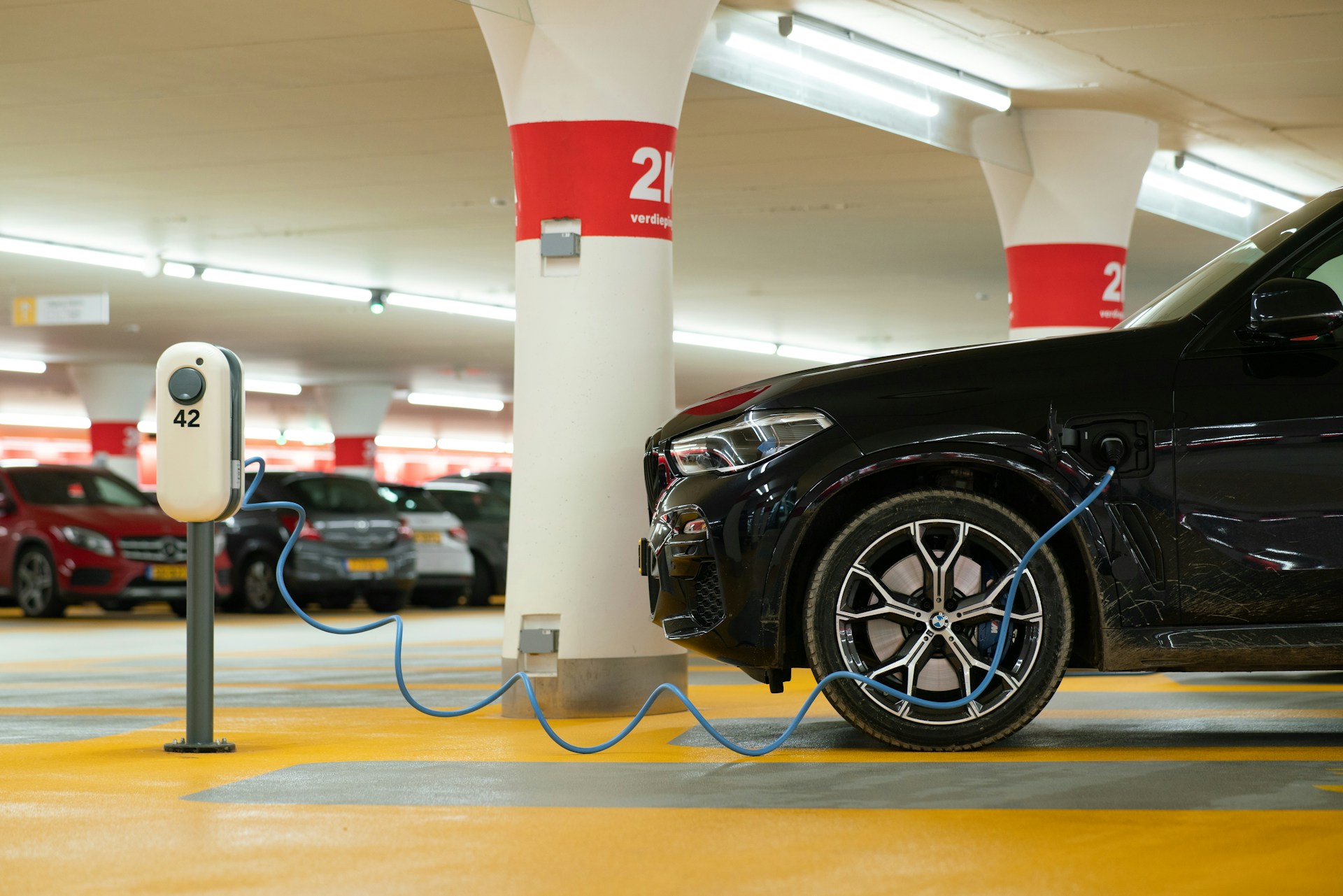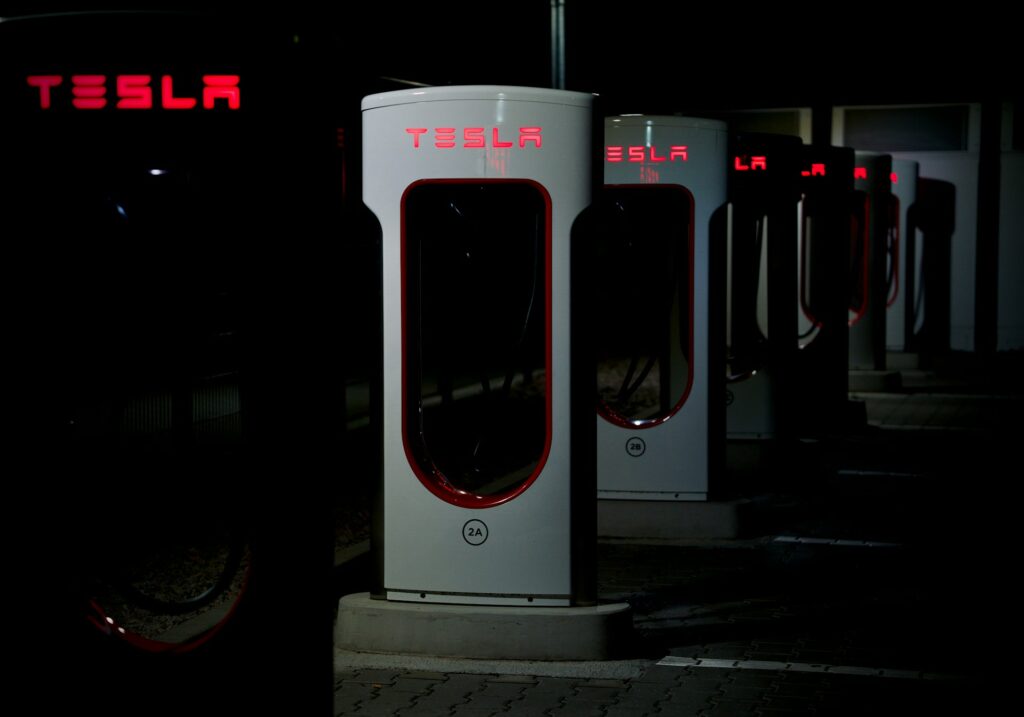With the growing popularity of electric vehicles (EVs), understanding the different charging levels is crucial for both current and prospective EV owners. EV charging levels, also known as level 1, level 2, and level 3 charging, play a significant role in determining the charging speed and convenience for EV users. This guide aims to provide a comprehensive overview of the different charging levels, their differences, and the impact on EV charging.
Understanding Electric Vehicle Charging Levels
Electric vehicle charging levels refer to the various levels of charging available to cater to different charging needs. Each level offers distinct charging capabilities, impacting the time it takes to charge an EV and the infrastructure required for effective charging. Understanding these levels is essential for EV owners to make informed decisions about their charging requirements.
Level 1 Charging: The Basic Level of Charging
Level 1 charging is the most basic form of charging for electric vehicles. It involves using a standard 120-volt AC household outlet to charge the EV. While convenient for home charging, level 1 charging is the slowest of the three charging levels. It is typically used for overnight charging, making it suitable for EV owners with limited daily driving needs.
Level 2 Charging: The Common Standard for EV Charging
Level 2 charging is a more advanced form of charging that requires a 240-volt AC charging station. This level offers significantly faster charging compared to level 1, making it ideal for both residential charging and public charging locations. Level 2 charging stations are commonly found in residential garages, car parks, and commercial spaces, providing EV owners with a convenient and efficient charging option.
Level 3 Charging: The Fastest Charging Solution
Level 3 charging, also known as DC fast charging, is the fastest and most powerful form of EV charging available. This level utilizes direct current (DC) to deliver rapid charging, significantly reducing the time required to charge an EV. Level 3 charging stations are typically found at public charging stations, allowing EV owners to quickly recharge their vehicles while on the go. The ability to charge an EV to 80% capacity in a matter of minutes makes level 3 charging crucial for long-distance travel and high-demand charging scenarios.
Differences in Charging Levels
The differences between level 1, level 2, and level 3 charging extend beyond the charging speed and voltage requirements. Various factors contribute to the distinct characteristics of each charging level, influencing the overall charging experience for EV owners.
Charging Speed: One of the most significant differences between the charging levels is the speed at which they can recharge an EV. Level 1 charging is the slowest, typically delivering around 2-5 miles of range per hour of charging. In comparison, level 2 charging offers a faster charging rate, providing approximately 10-20 miles of range per hour. Level 3 charging stands out as the quickest option, delivering up to 80% charge in as little as 20-30 minutes, depending on the vehicle and the charging station’s capabilities.
Infrastructure Requirements: Another key difference lies in the infrastructure needed for each charging level. Level 1 charging can be accessed using standard electrical outlets, making it the most accessible option for residential charging. Level 2 charging requires a dedicated 240-volt charging station, which can be installed at home or in public locations. Level 3 charging demands substantial infrastructure, including high-powered charging stations and robust electrical systems, limiting its availability to select public charging networks and high-traffic areas.
Charging Cost: The cost of charging an EV varies across the different charging levels. Level 1 charging, utilizing standard household electricity, is the most cost-effective but may result in higher utility bills due to extended charging times. Level 2 charging, while more efficient, may involve higher installation and operating costs for the charging stations. Level 3 charging, often offered through commercial charging networks, can be more expensive per charging session but provides rapid charging for long-distance travel and quick recharges.
Level 1 vs. Level 2 vs. Level 3 Charging
To facilitate a better understanding of the charging levels, it’s essential to compare level 1, level 2, and level 3 charging across various aspects that impact the daily usage and long-term benefits for EV owners.
Convenience: Level 1 charging is convenient for overnight charging at home but may be impractical for daily or long-distance travel due to the slow charging speed. Level 2 charging offers a balance between charging speed and convenience, providing a reliable option for both residential and public charging needs. Level 3 charging, with its rapid charging capabilities, is ideal for quick recharges during road trips and high-demand charging scenarios, enhancing the overall convenience of owning an electric vehicle.
Range and Flexibility: The charging level directly impacts the range and flexibility of EV usage. Level 1 charging may limit the daily driving range for EV owners with higher mileage requirements, while level 2 charging enables extended driving range by efficiently recharging the vehicle at home or various public locations. Level 3 charging significantly enhances the range and flexibility of EVs, especially for long trips and time-sensitive recharges, enabling seamless long-distance travel without prolonged charging stops.
Charging Infrastructure: The availability and distribution of charging infrastructure play a crucial role in the widespread adoption of electric vehicles. Level 1 charging, being accessible through standard electrical outlets, provides basic charging infrastructure for residential use. Level 2 charging infrastructure is more prevalent, with charging stations installed in residential, commercial, and public settings, contributing to the growing EV infrastructure network. Level 3 charging infrastructure is expanding to accommodate the increasing demand for rapid charging, focusing on strategic locations for long-distance travel and high-traffic areas.
While the electrification of transportation continues to gain momentum, understanding the different levels of EV charging is crucial for both current and prospective EV owners. The distinct characteristics of level 1, level 2, and level 3 charging levels provide versatility and flexibility for EV users, catering to a wide range of charging needs and preferences. By comprehensively understanding the differences and benefits of each charging level, EV owners can make informed decisions that optimize their charging experience and contribute to the wider adoption of electric vehicles.
By familiarising yourself with the nuances of EV charging levels, you empower yourself to make informed decisions about the charging infrastructure and options that best suit your lifestyle, driving habits, and travel requirements. Whether it’s level 1 charging for overnight replenishment, level 2 for efficient residential and public charging, or level 3 for rapid recharges during long trips, each level offers unique capabilities that contribute to the convenience, range, and flexibility of electric vehicle ownership.
While the adoption of electric vehicles continues to grow, the significance of charging levels and their impact on the EV ecosystem become increasingly pronounced. By embracing the diversity of EV charging levels and the associated benefits, you position yourself to fully leverage the convenience, efficiency, and sustainability of electric mobility. Whether you’re a current EV owner or considering transitioning to electric transportation, your understanding of the charging levels is a vital step towards unlocking the full potential of electric vehicles in shaping a cleaner, more sustainable future for mobility.
In conclusion, by understanding the nuances of EV charging levels, you equip yourself with the knowledge and insight needed to make informed decisions about the charging infrastructure that best aligns with your specific requirements and preferences. Whether it’s the accessibility of level 1 charging, the reliability of level 2 charging, or the rapid charging capabilities of level 3, each charging level offers unique advantages that cater to various EV usage scenarios, driving habits, and travel needs. As the landscape of electric vehicle technology and infrastructure continues to evolve, your understanding of the charging levels empowers you to embrace the potential of electric mobility and contribute to the widespread adoption of sustainable transportation solutions.



